The most notable change to this car was the "rack and pinion" steering.
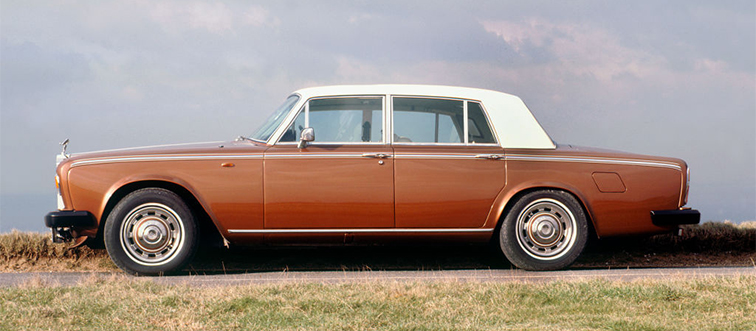
The Rolls-Royce Silver Shadow II featured several updates, including new "rack and pinion" steering and a change in bumpers from alloy to rubber. Both the Silver Shadow and Silver Shadow II achieved the highest production volumes in Rolls-Royce history.
In the United States, this car was only sold on the East Coast.
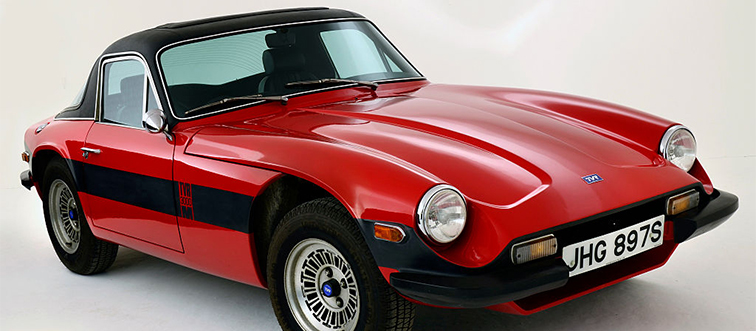
Most TVR 3000M models were sold in England and other parts of Europe. In the United States, however, only 30 dealers on the East Coast distributed them.
This was one of the most versatile and inexpensive sports cars of the '70s.
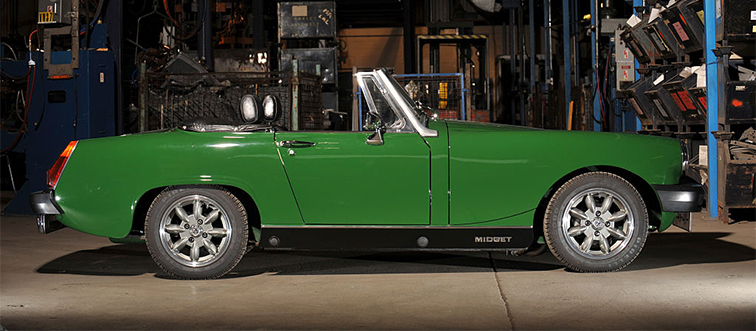
MG introduced the name "Midget" in 1929 for a smaller version of their sports car. Production of this classic model ended on December 7, 1979.
This special model was only available in 1970.
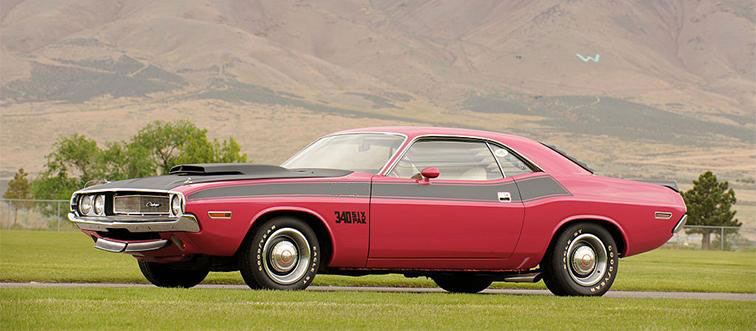
The Dodge Challenger T/A (Trans Am) was available only in 1970 and was designed for street racing. It was also among the first American muscle cars to accommodate different tire sizes on the front and rear.
This car had a lot of buying options.
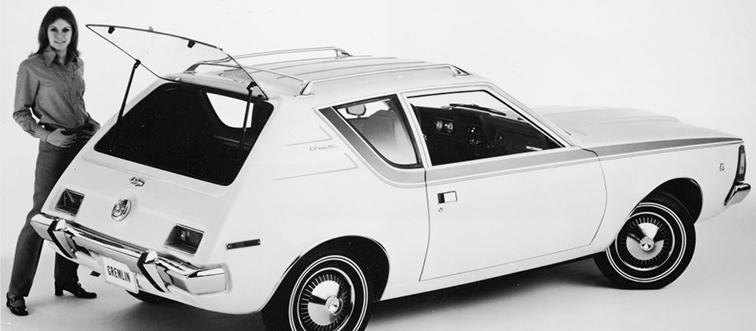
People could choose either a two-seat or four-seat configuration for their AMC Gremlins, and they also had the option of selecting a model with or without a vinyl top. Throughout the 1970s, a total of 671,475 Gremlins were sold across the United States and Canada.
This car is known for its headlight shrouds.
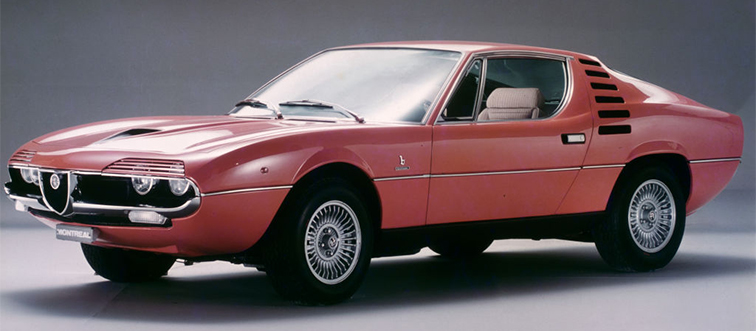
The Alfa Romeo Montreal, a 2+2 coupé sports car, was produced from 1970 to 1977. One of its standout features was its headlight shrouds, which would retract out of sight when the headlights were turned on.
This car was named for a bright star.
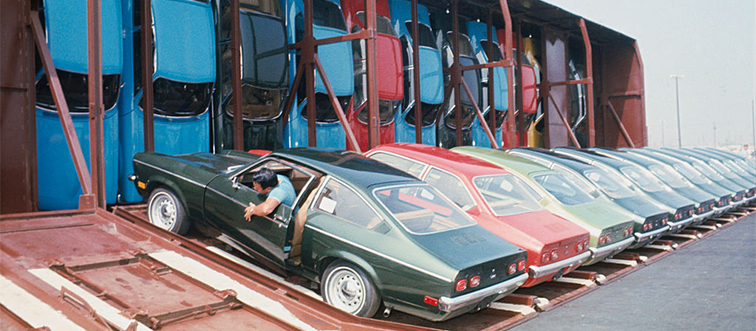
After being awarded the 1971 Motor Trend Car of the Year, the Chevrolet Vega was later found to have numerous problems related to engineering, reliability, and safety. The car was named after Vega, the brightest star in the Lyra constellation.
Jay Leno thinks this car is "misunderstood and undervalued."
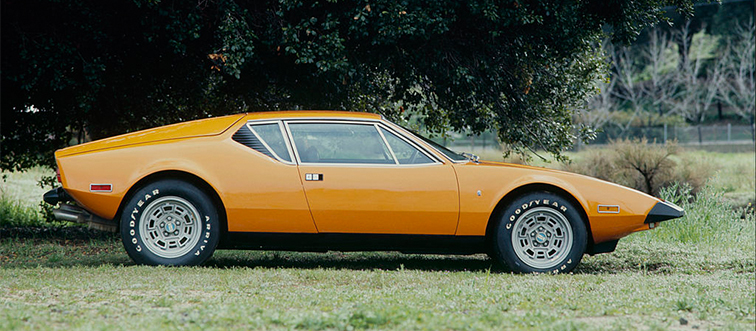
The De Tomaso Pantera perfectly blends Italian design with the power of a muscle car. Elvis Presley was a fan of the 1973 model and frequently drove it around town.
This car was known for its external woodgrain trim.
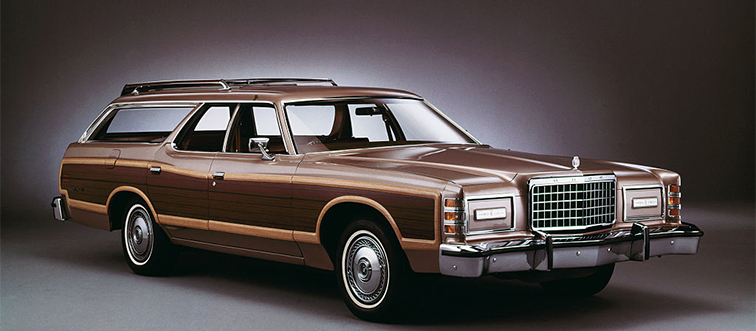
The Ford Country Squire was Ford's flagship station wagon, produced from 1950 to 1991. The seventh generation, produced from 1973 to 1978, was over six inches longer than earlier models.
The name for this car was inspired by Ancient Greek and Roman mythological characters.
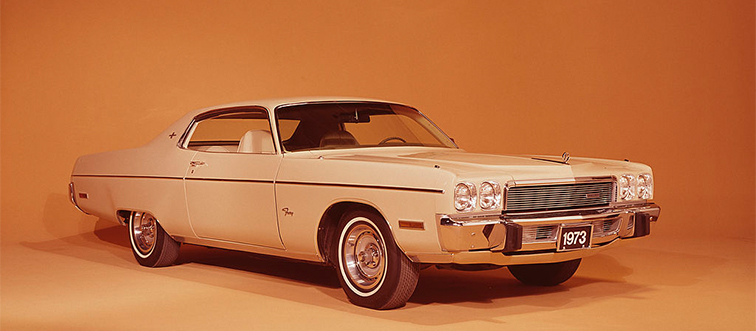
The Plymouth Fury was named after the mythological Furies from Ancient Greek and Roman lore, known for their vengeful nature. Additionally, the car was featured in Stephen King's novel Christine.
You can't miss the "gull-wing" doors on this car.

The Bricklin SV-1 was produced for a brief period from 1974 to 1975 and is primarily known for its distinctive "gull-wing" doors. During its promotion, the emphasis was placed on its safety features, including an integrated roll-over structure and energy-absorbing bumpers.
Available versions of this car included base, luxury, and sport.
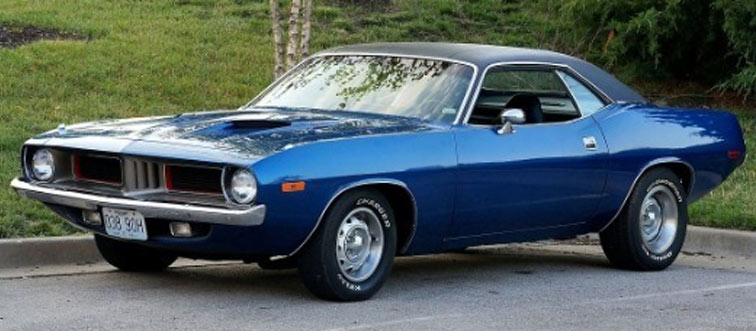
The 1970-1971 Plymouth Barracuda was available in three versions: a base model, a luxury Gran Coupe, and a sporty variant known as the 'Cuda. The sport model is shown above.
The engines for this car were air-cooled until the late 1990s.
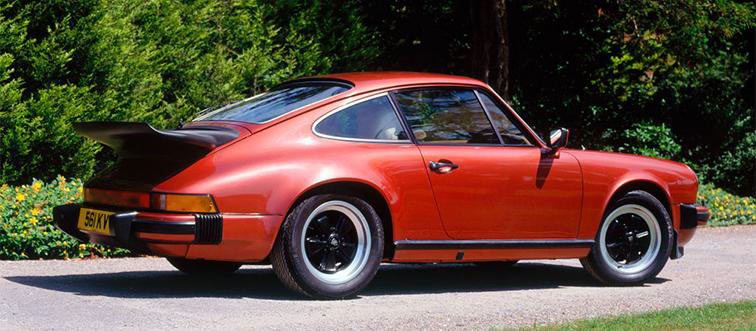
The Carrera 2.7 version of the Porsche 911 is shown above. All Porsche 911 models featured air-cooled engines until 1998. The feature protruding from the rear is referred to as a "ducktail.
This was one of the priciest cars of the 1970s.
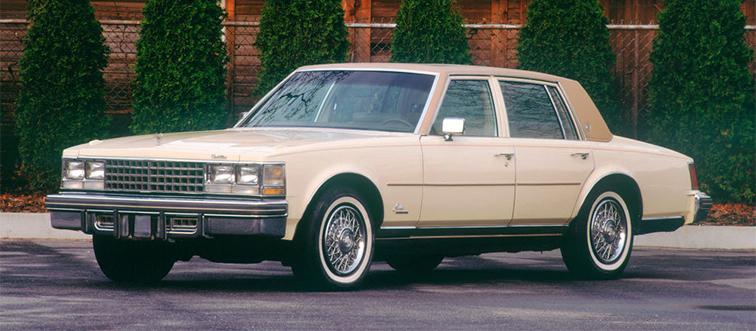
Although the Cadillac Seville was one of the brand's smaller models, it became one of the company's most expensive sedans. The name "Seville" is derived from a Spanish province renowned for its history, art, and architecture.
This was one of the first cars to use advanced aerodynamics.
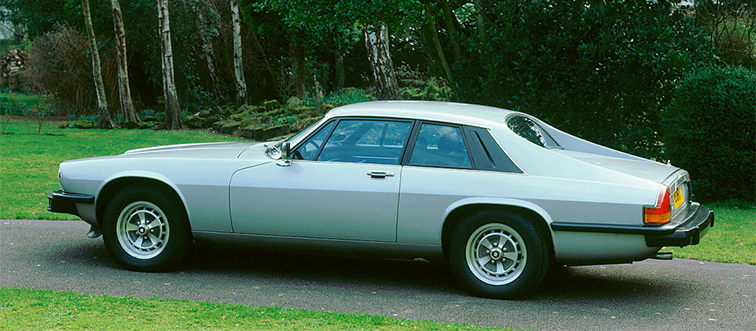
The Jaguar XGS was produced from 1975 to 1996 and featured distinctive "flying buttresses" at the rear, which enhanced its aerodynamics. However, the design faced criticism from police, who believed the buttresses could obstruct drivers' visibility.
There are only 1,359 of these in existence.
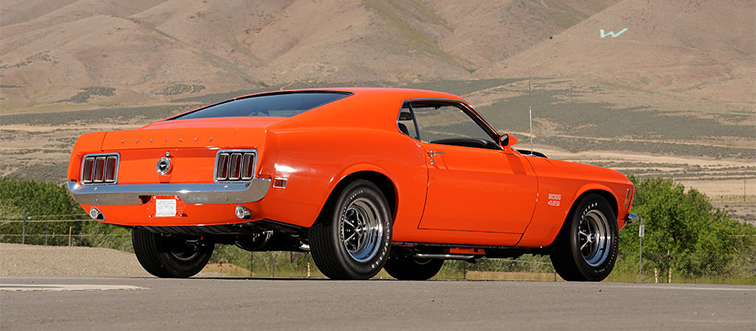
The Ford Mustang Boss 429 is known as one of the rarest and most valuable muscle cars in history. Only 1,359 original Boss 429s were produced, and they were available in colors such as Grabber Orange, Grabber Green, Grabber Blue, Calypso Coral, and Pastel Blue.
This car came equipped with a whimsical "beep-beep" horn sound.
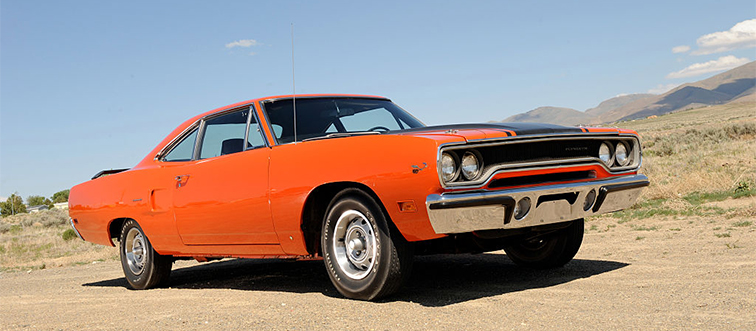
The Plymouth Road Runner Hemi boasted some exciting features, including a horn that emitted a loud "beep-beep" sound and a graphic of the Looney Tunes character Road Runner on the rear edge of the trunk.
People either love or hate the front-end styling of this car.
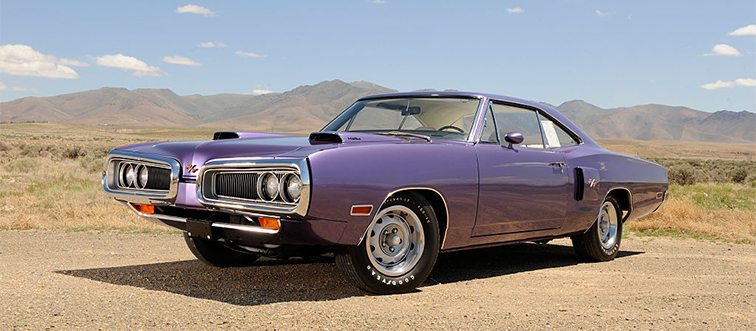
The Dodge Coronet R/T is considered one of the most original muscle cars of the 1970s. While there was significant debate regarding its front-end styling, modern collectors view this feature as a key aspect of its iconic status today.
When this car came out it was the fastest on the road.
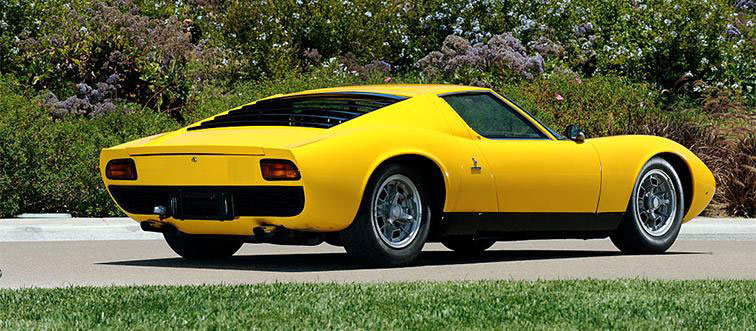
When the Lamborghini Miura was released, it was one of the fastest cars on the road. Although Ferruccio Lamborghini initially opposed the idea of creating it, his engineering team proceeded with the design regardless.
During the 1970s this cheap and lightweight sports car sold well.
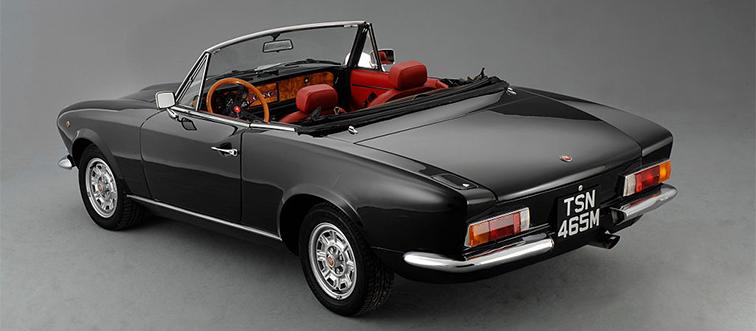
Fiat produced the 124 Sport Spider from 1966 to 1985, with particularly strong sales in the 1970s. Its popularity can be attributed in part to its easy-to-use convertible top.
This car was launched in the United States in January 1975.
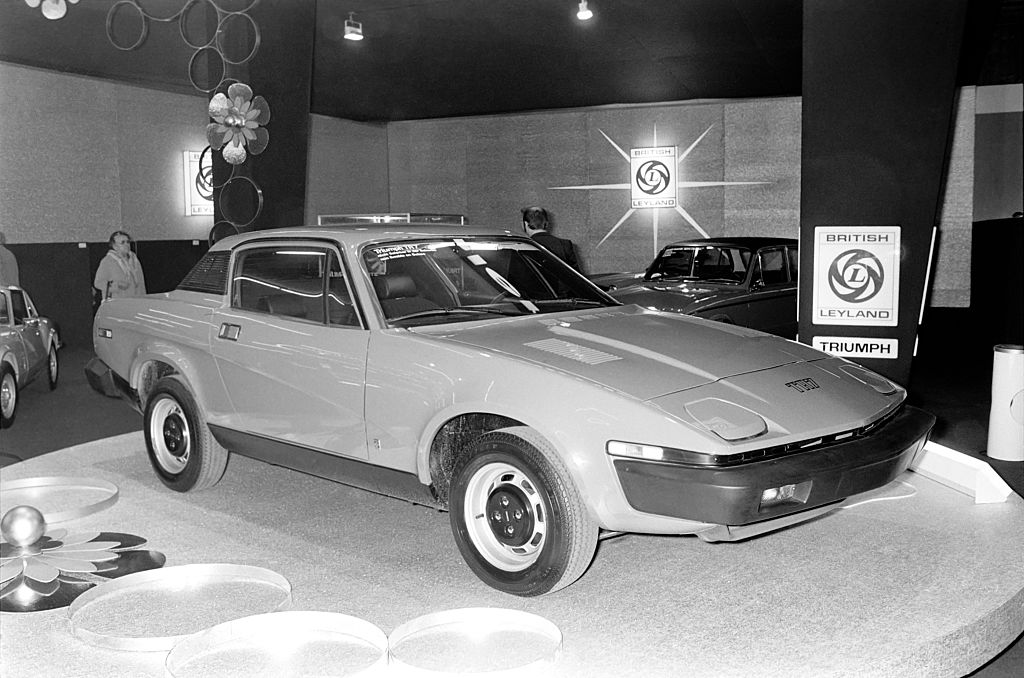
The Triumph TR7 is recognized for its distinctive "wedge" shape and was marketed with the slogan "the shape of things to come." Manufactured by the Specialist Division, the car's high demand in the U.S. led to a delayed release in the UK.
This car was a collaboration between Volkswagen and Porsche.
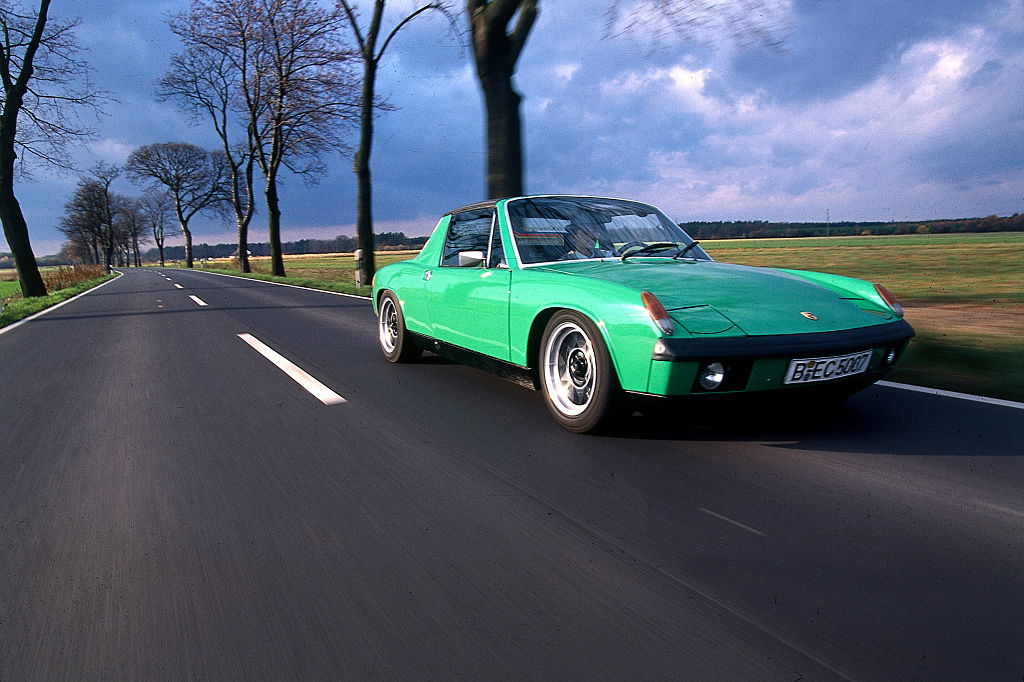
The Porsche 914 is a mid-engine sports car that was produced and marketed from 1969 to 1976. It was available exclusively as a Targa-topped two-seat roadster, equipped with either a flat-4 or flat-6 engine.
This car is hard to find today.
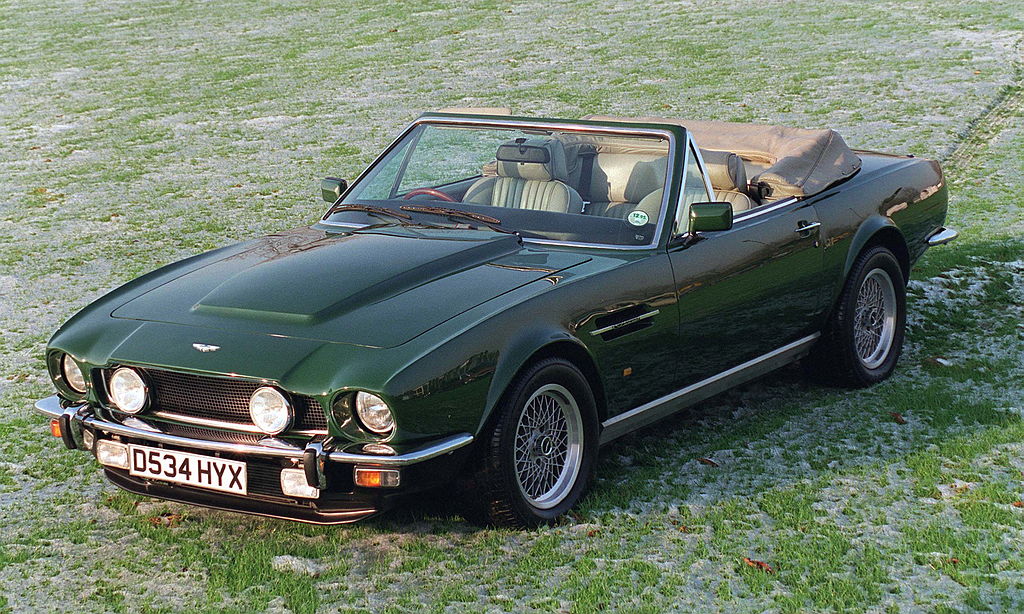
The Aston Martin Vantage is a designation used for a series of cars by Aston Martin that signifies a high-performance version of another model. Introduced in the early 1970s, the Vantage was marketed as a powerful coupe.
This car was produced between 1972 and 1983.
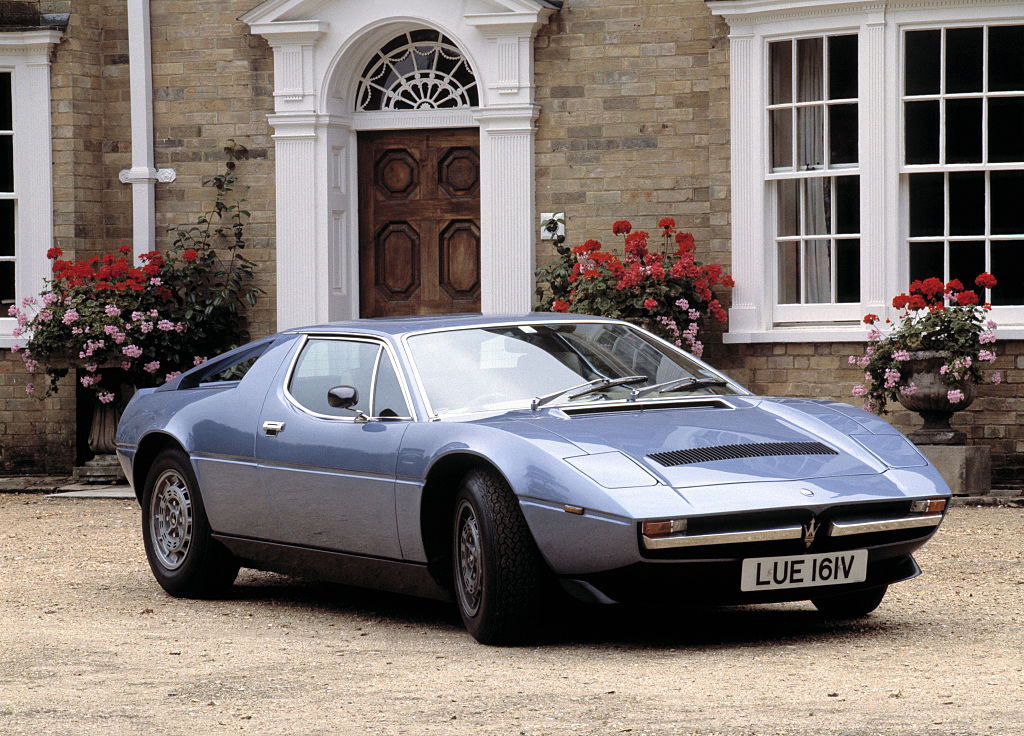
The Maserati Merak is closely associated with the Maserati Bora and shares components of its structure and body panels. Additionally, it features extra cabin space, accommodating two small seats in the back.
A Burt Reynolds film featured this classic car.
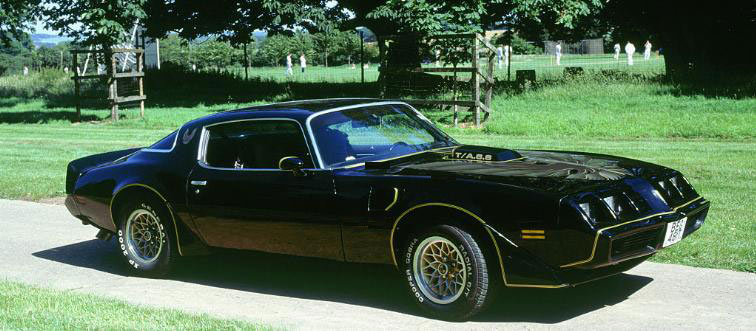
In the film Smokey and the Bandit, Burt Reynolds' character drove a 1977 Pontiac Firebird Trans Am during many high-speed scenes, securing the car's place in American cinematic history.
This vehicle came out in 1970.
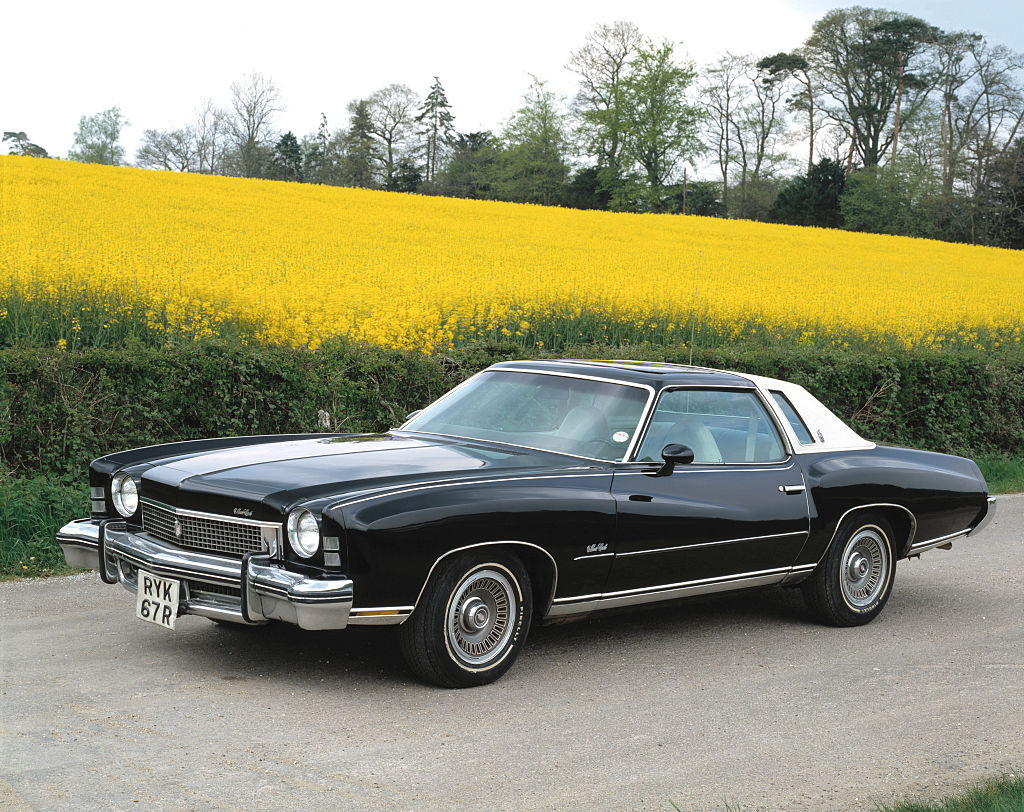
The Chevrolet Monte Carlo is a two-door coupe produced from 1970 to 2007, marketed as a personal luxury car. It was named after the city of Monte Carlo in the Principality of Monaco.
It was once the most expensive car from its manufacturer.
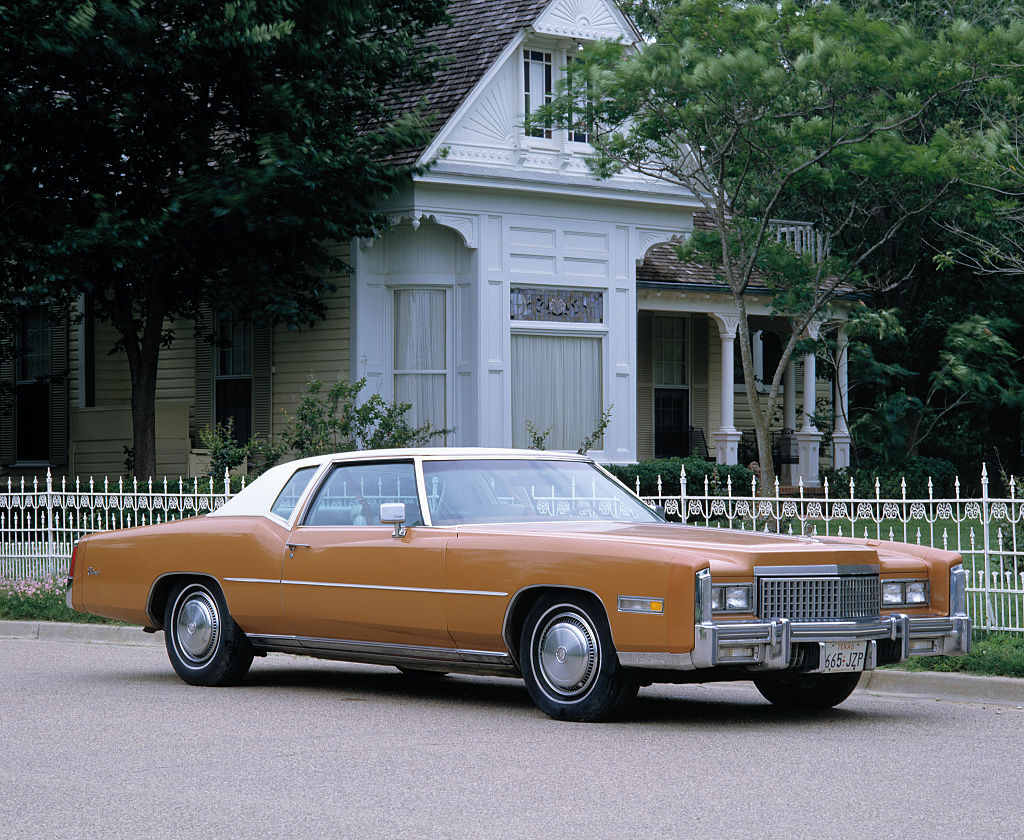
The Cadillac Eldorado was produced from 1952 to 2002 and was regarded as the pinnacle of Cadillac's lineup. It was renowned for its distinctive
This car was an upgrade from the Fairlane.
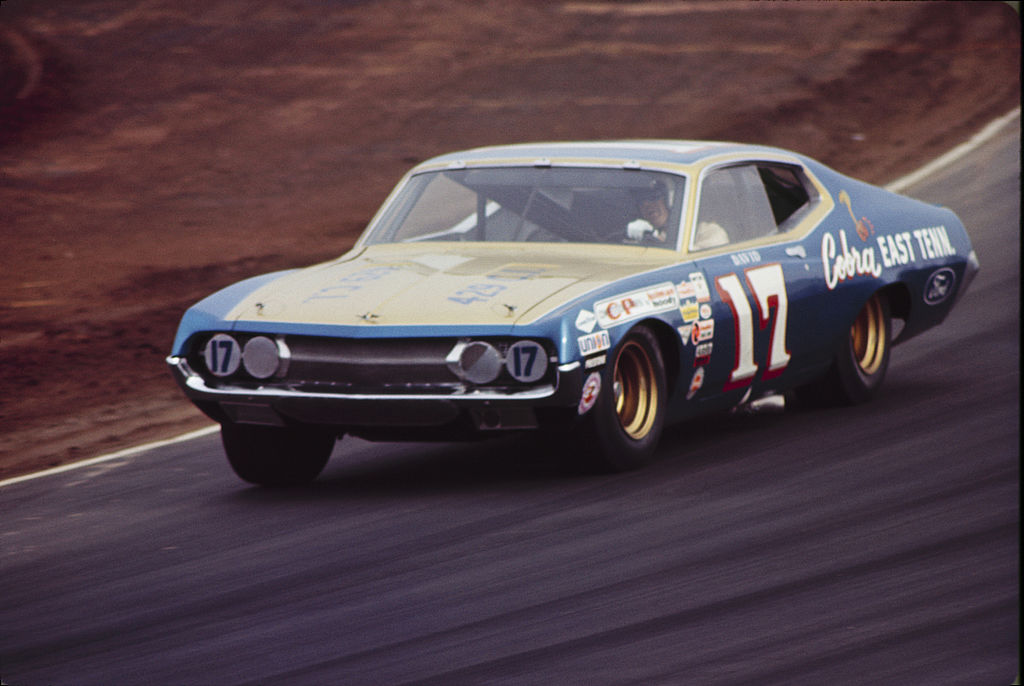
A competitor in the intermediate market segment, the Ford Torino was named after the city of Turin in Northern Italy. It is also regarded as a twin to the Mercury Montego line.
This model was a huge seller.
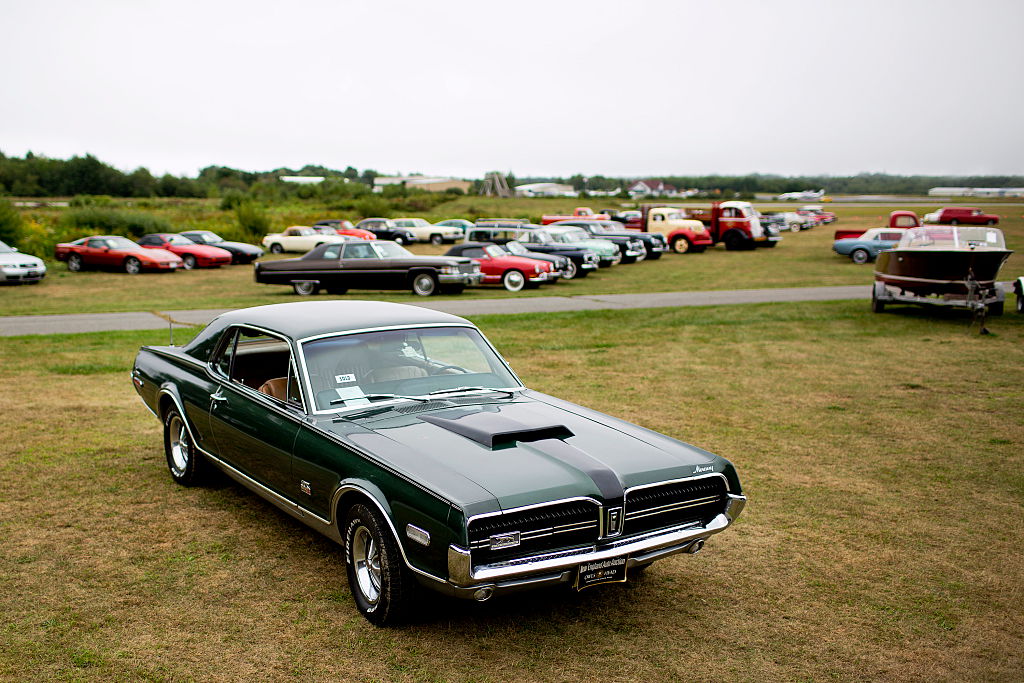
The Mercury Cougar was a series of automobiles marketed by the Mercury division of Ford. It became the best-selling car for the Mercury brand and played a significant role in establishing the company's identity.
This car popularized the “Italian Wedge” design.
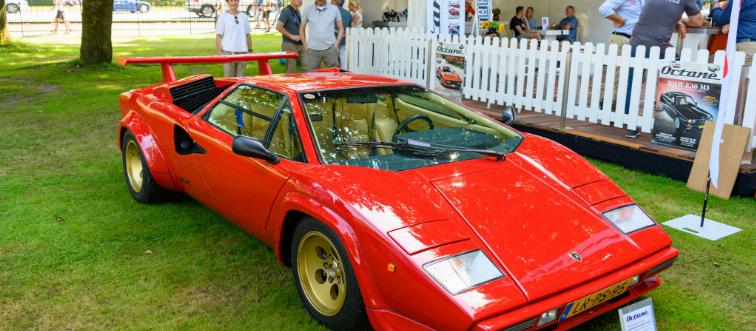
Released in 1974, the Lamborghini Countach's design was initially introduced in 1970 as the Lancia Stratos Zero concept car. It is renowned for its "cab forward" design, which accommodates a larger rear-mounted engine.
